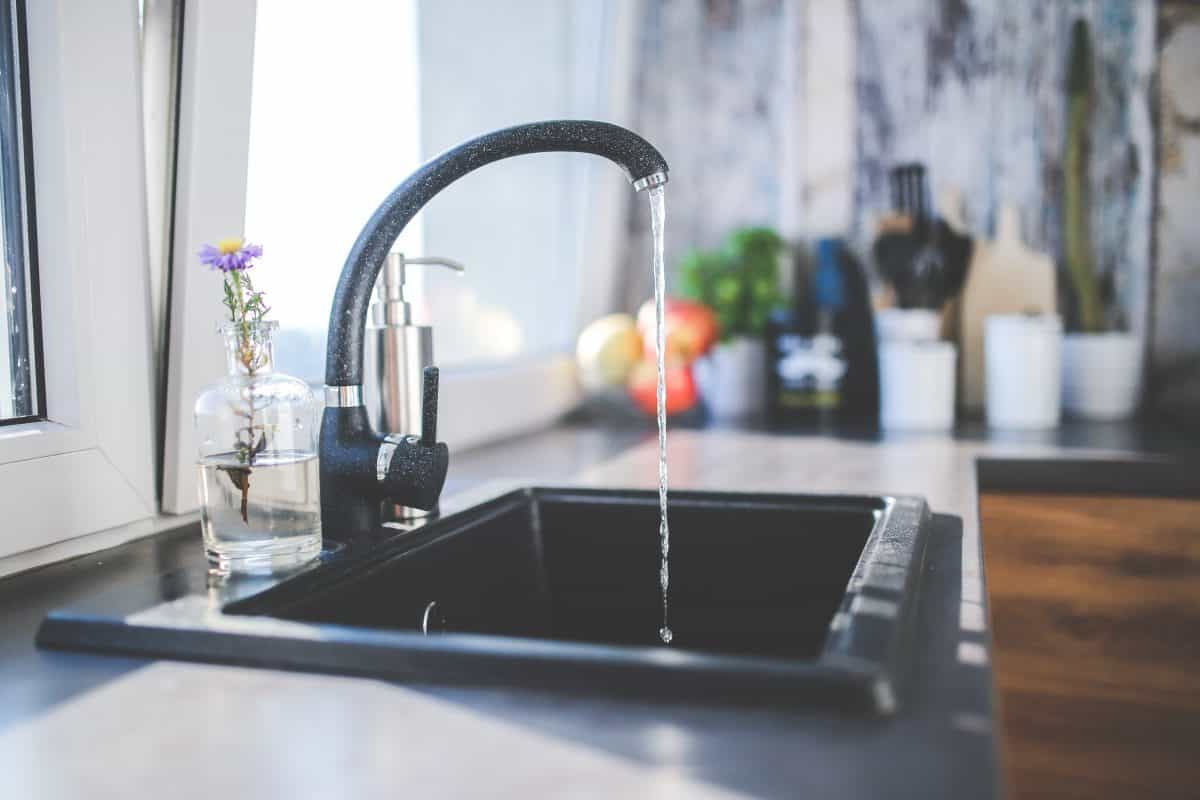5 Energy-saving strategies for your business
Tuesday, 9th October, 2018
By increasing energy efficiency on a small-business level, the financial savings can be even more pronounced. Many small businesses already have all of the tools they need to increase efficiency and output while decreasing overhead costs.
Being a small business also allows for increased awareness of energy efficient practices on the individual employee level, which means getting all employees on board is crucial to shifting your businesses’ practices as a whole. Read on to learn about five easy methods for increasing energy efficiency.

Lighting Efficiency
The best way to ensure lighting efficiency is to upgrade the lighting bulbs and systems in use. New LED bulbs and lighting technology make the switch easy and cost-effective. Many older buildings feature systems which tend to over-light areas with blinding fluorescent bulbs, wasting energy and money. Retrofitting efficient lighting appliances can immediately cut costs and create a more pleasant working environment as well. Another cost-effective, energy efficient lighting solution involves harnessing the free resource that so many builders seem to forget- daylight! Through daylight harvesting technology, systems can sense when to use artificial light and when the available daylight is sufficient, effectively removing the human element and saving you the most money possible.
Heating
When it comes to heating and cooling any space, the largest energy drain is inefficient insulation. Poor insulation causes the heating and cooling system to work overtime, as the newly heated/cooled air is not retained within the building and quickly escapes. This also creates the need for personal heaters and fans, which put even more of an energy drain in place. In order to interrupt this chain of events, the insulation will likely need an upgrade. Fortunately, the cost of hiring specialists to insulate the ceiling, walls, floors, and weather-strip doors and windows will quickly pay for itself when the HVAC system is no longer being overused. In some cases, the entire HVAC system may need to be upgraded, in which case experts should be consulted who are familiar with the right type of unit for any building. Once the building is properly insulated, the thermostat should be set to 64-68°F in the winter months to maintain efficient heating.

Cooling
Once the inefficient insulation is addressed, small-scale cooling appliances such as box fans will no longer be needed, increasing efficiency further. Regarding cooling, the most important aspect of insulation is the window fittings, which (when fitted properly) allow for the retention of cool air during summer and warm air during winter. During warmer months, the thermostat should be set to approximately 74-78°F to maintain comfort and keep costs down.
Hot water
This is the actionable idea that requires the most employee participation. It can be expensive to heat water, and when that hot water is dripping down the drain uselessly this can become costly. Reminding employees to fully turn off the water when it is not in use can assist in keeping hot water costs down. Efficient water use is also heavily dependent on the functionality of the water heating system. Make sure that annual maintenance is performed on the system to promote efficiency.

Refrigeration
The best way to improve refrigerator efficiency is to start off with an energy-saving refrigerator. However, if it is not fiscally possible to purchase a new appliance, there are a few tricks to increase efficiency in any refrigerator. The first step is to check the seal; if the fridge has a loose seal it will lose cold air more rapidly, therefore requiring more energy to maintain a cold temperature. Once the seal is replaced, the temperature in the fridge should be set to a constant temperature that is cold enough to keep foods safe but not too cold to “over-refrigerate” the contents. Finally, refrigerators can be stocked in a manner which prevents cold air from escaping quickly when opened (therefore putting less strain on the compressor). If the fridge is constantly “full”, meaning all gaps are filled with water bottles or leftovers or other items, this will retain more cold air and prevent the compressor from needing to replace that air, effectively boosting energy efficiency.
Regardless of what steps you choose to take toward a more efficient workplace, the best actionable ideas are made better with professional help by your side. Consider bringing in a professional energy consulting company such as Conservergy, who provides free audits and estimates. With just a few simple upgrades and improvements, you can be on your way to saving money and the environment simultaneously!
Related
Lighten Your Retail Overheads with Energy-Efficient Lighting
As a business owner, have you thought about the footprint you’re leaving on the Earth? Do you ever consider how you could run your business more energy efficiently? The energy we use every day comes in many forms, one of which is light. Lights are a huge pull for energy, and there are simple and effective ways to be more conservative with the power that your business uses.
Actionable Ways Your Business can Cut Electricity Usage and Save Money
As a business owner, have you thought about the footprint you’re leaving on the Earth? Do you ever consider how you could run your business more energy efficiently? The energy we use every day comes in many forms, one of which is light. Lights are a huge pull for energy, and there are simple and effective ways to be more conservative with the power that your business uses.
